

 Not to be outdone by this upstart toy company, Mattel introduced the My Scene girls. And I collected them, too.
Not to be outdone by this upstart toy company, Mattel introduced the My Scene girls. And I collected them, too.
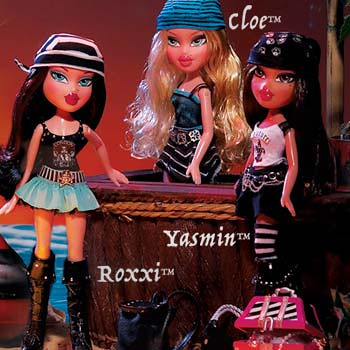
And Mattel, not to be outdone by MGA, tarted up the My Scene girls as well, most egregiously with the Bling Bling line.






I began to find more and more of Mattel and MGA's offerings offensive.
 I felt even worse for the little girls the dolls were marketed to. What kind of message were they getting? Of course, we cannot deny the link between Barbie dolls and pinup girls; Barbie herself is based on the German Lilli doll, a novelty item never intended to be a plaything for children. But for the most part fashion doll companies have reserved Lilli's modern-day counterparts for collectors. Case in point, the Mattel Silkstone lingerie collector series.
I felt even worse for the little girls the dolls were marketed to. What kind of message were they getting? Of course, we cannot deny the link between Barbie dolls and pinup girls; Barbie herself is based on the German Lilli doll, a novelty item never intended to be a plaything for children. But for the most part fashion doll companies have reserved Lilli's modern-day counterparts for collectors. Case in point, the Mattel Silkstone lingerie collector series.But this distinction was never made for the Bratz and My Scene dolls. In a world that markets thongs to first-graders, should I have even been surprised? In a world where the lines are so blurred that British superstore Tesco placed stripper poles in the toy department because they thought they belonged there, (probably next to the newer Bratz and My Scene dolls), I suppose this sort of thing was inevitable.




Even if that were the excuse their manufacturers chose to use, there is still the matter of appropriateness. But people seem less and less aware of that these days. Look at this example from Simon Doonan's Eccentric Glamour book where he writes about an encounter with a group of inappropriately dressed aspiring models:
These gals do not understand that clothes have meaning.
They were told to "dress to express," and that is what they did, randomly and without any sense that they might have the option top express something other than slutty availability or a general commitment to the porn industry. I feel bad for them. They are ill equipped to survive in the big city because they simply do not understand the significance of any of their fashion choices. Unless I intervene, these gals are doomed to go through life dressed like a bunch of third rate hoochie dancers, all the while thinking that they look perfectly normal and respectable.
Maybe I can be the one to open their eyes. I decide to give it a shot...
"Don't you see, your clothing, what you choose to wear every day, it speaks volumes about you. It is a form of communication! You have to make sure that your clothing is in sync with who you are."
From the puzzled looks on the faces of these attention junkies, I realize that this is a notion that has never ever ever occurred to them before. They are marching through the world, shopping, shopping, shopping, impulsively wearing all kinds of freaky ensembles, and never once have they stopped to think that fashion might be playing such a powerful role in all of our lives.
I continue:
"What you wear says everything about who you are. Long before you open your mouth, people are drawing conclusions about you based on your appearance. If you dress like a stripper, Carrie, people will assume that you are a stripper, which is okay only if you are in fact a stripper."
Popular media has become so fraught with double-entendres, double standards, and mixed messages that it is becoming more and more difficult to determine what is age-appropriate. It has led the of sexualization of girls. The American Psychological Association (APA), in their report on this very subject, says that sexualization occurs when
- a person’s value comes only from his or her sexual appeal or behavior, to the exclusion of other characteristics;
- a person is held to a standard that equates physical attractiveness (narrowly defined) with being sexy;
- a person is sexually objectified—that is, made into a thing for others’ sexual use, rather than seen as a person with the capacity for independent action and decision making; and/or
- sexuality is inappropriately imposed upon a person.

As for Bratz and My Scene dolls, the researchers say:
"Although these dolls may present no more sexualization of girls or women than is seen in MTV videos, it is worrisome when dolls designed specifically for 4- to 8-year-olds are associated with an objectified adult sexuality. The objectified sexuality presented by these dolls, as opposed to the healthy sexuality that develops as a normal part of adolescence, is limiting for adolescent girls, and even more so for the very young girls who represent the market for these dolls."
"related research suggests that viewing material that is sexually objectifying can contribute to body dissatisfaction, eating disorders, low self-esteem, depressive affect, and even physical health problems in high-school-aged girls and in young women."
"Psychological researchers have identified self-objectification (Fredrickson & Roberts, 1997; McKinley & Hyde, 1996) as a key process whereby girls learn to think of and treat their own bodies as objects of others’ desires. In self-objectification, girls internalize an observer’s perspective on their physical selves and learn to treat themselves as objects to be looked at and evaluated for their appearance.Though portraying oneself solely as a sexual object to be looked at is sometimes viewed by girls and women as exercising control over their sexuality (e.g., at some social networking Web sites), presentation of the self in this way can be viewed as a form of
self-objectification."
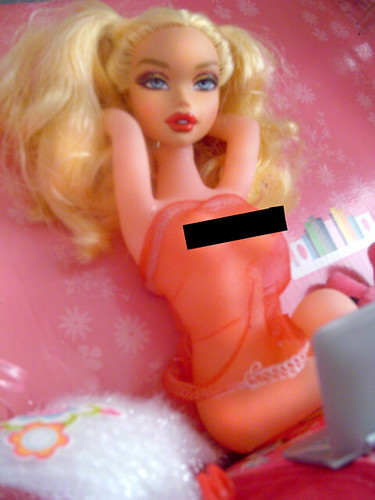
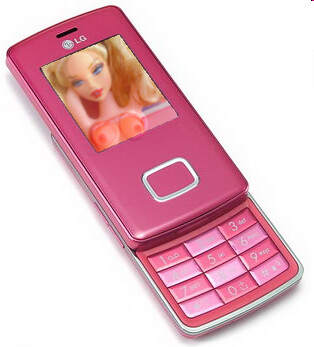
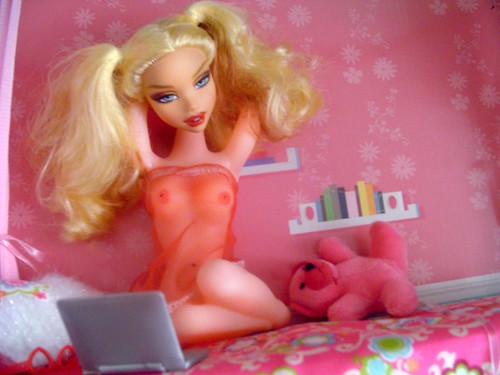
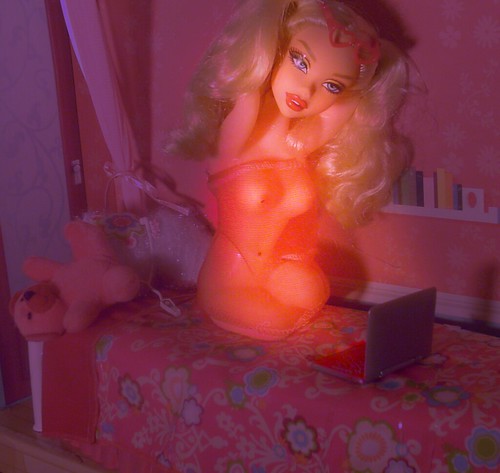
Related Reading:
LITTLE GIRLS: Pink, Purple & Bling from The Revolution of Real Women Blog
Hot Tots, and Moms Hot to Trot by Judith Warner
Study: Girls would rather be sexy than smart
Too sexy too soon?

it's incredibly disturbing, but more than anything, sad that we are sexualizing girls from such a young age.
ReplyDeleteHere's what's sad: that we are referring to girls as "tarts" and judging them as promiscuous based on clothing alone--- and that we insult their intelligence by suggesting they take orders from a fashionable piece of plastic.
ReplyDeleteRoxy, I wasn't trying to suggest that girls take orders from dolls. I am using dolls in my art to embody the negative messages society is giving them. Perhaps that wasn't clear in what I wrote. For a while I gave up on The Doll Project because I felt like some people just didn't get it. That is why it took me so long to respond to your comment.
ReplyDeleteThe Doll Project isn't about passing judgment on anyone but the media. I am trying to call attention to the disturbing and the absurd by using satire. My intent was never to insult anyone's intelligence.
Of course the problem with satire is that sometimes people take it literally, then take offense at it. Or worse, they take it literally and use it as a shining example of the very thing it is supposed to be skewering, like the girls with eating disorders who use The Doll Project for thinspiration. (I made that sad discovery while tracking my stats online.)
But I have come to accept the fact that my work will not please or be understood by everyone all the time.